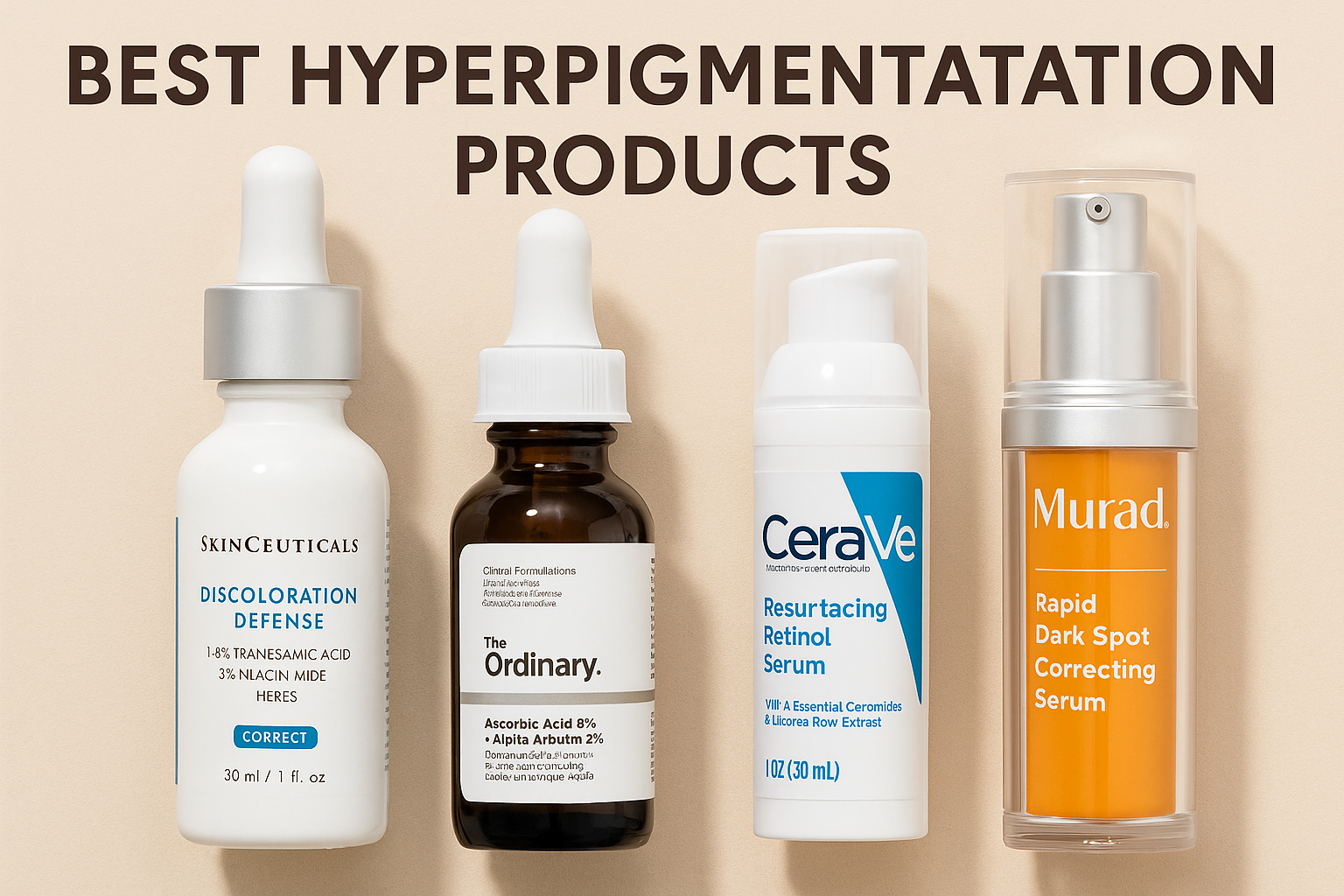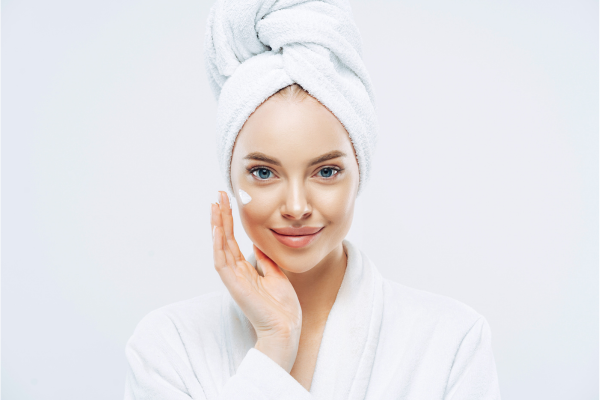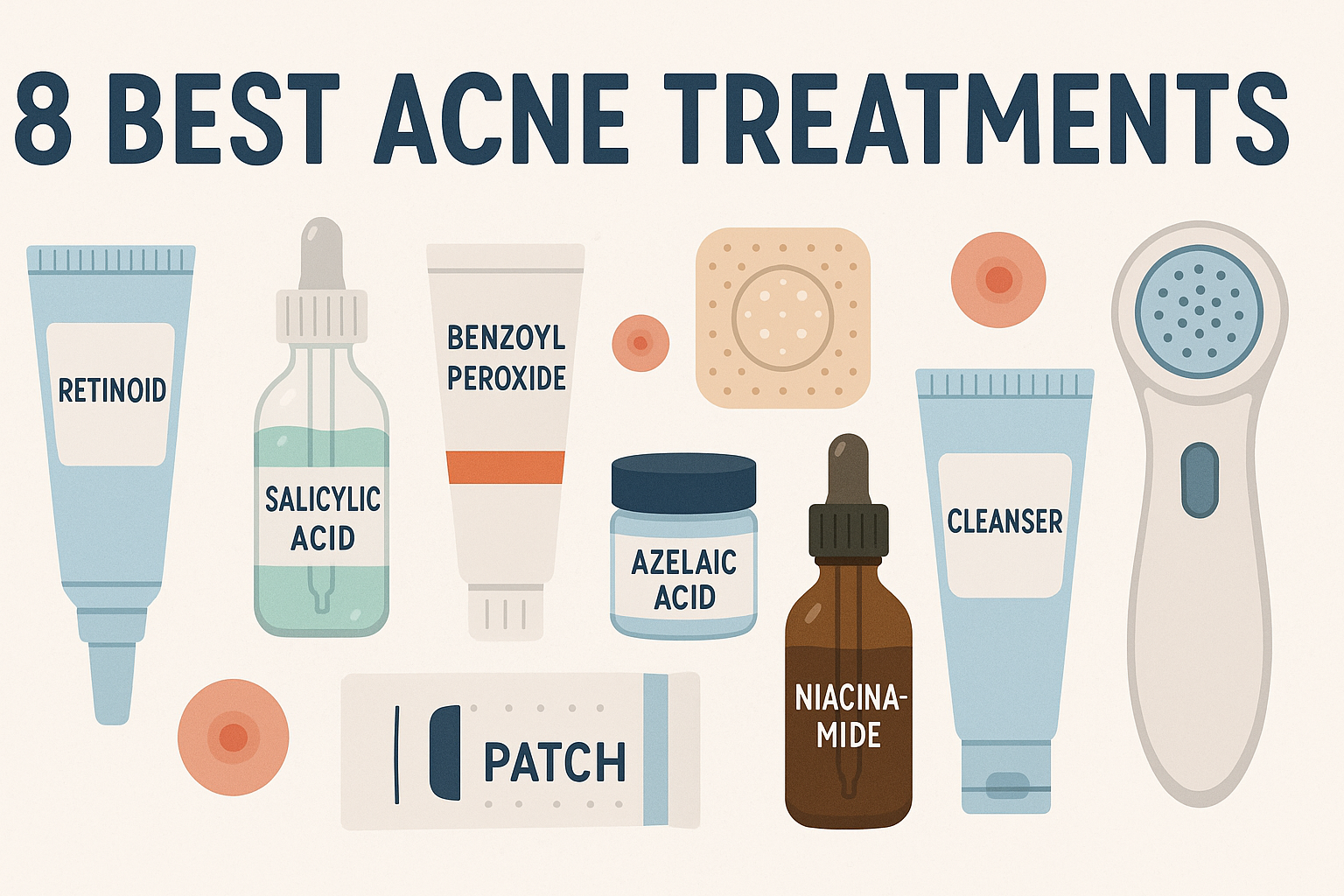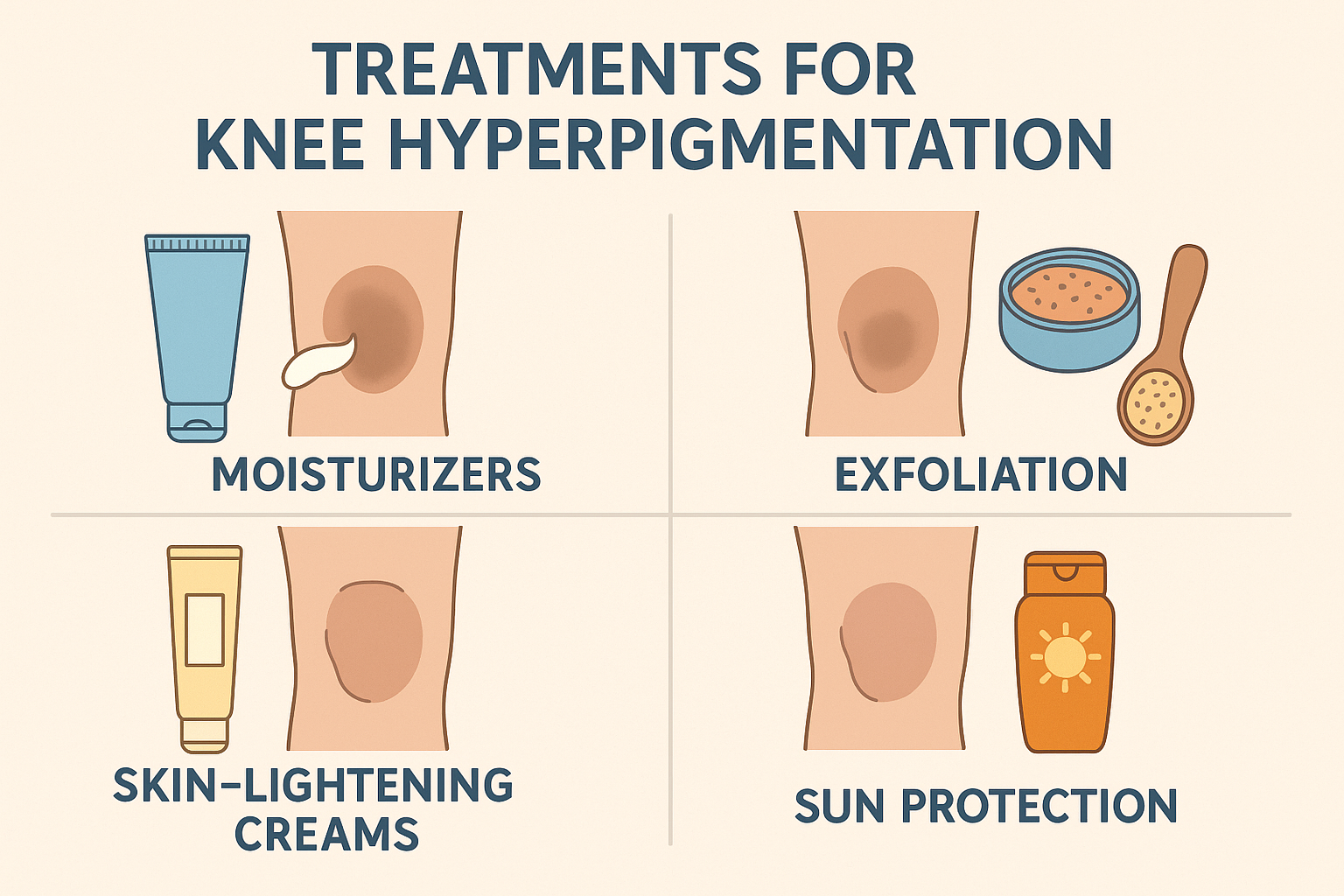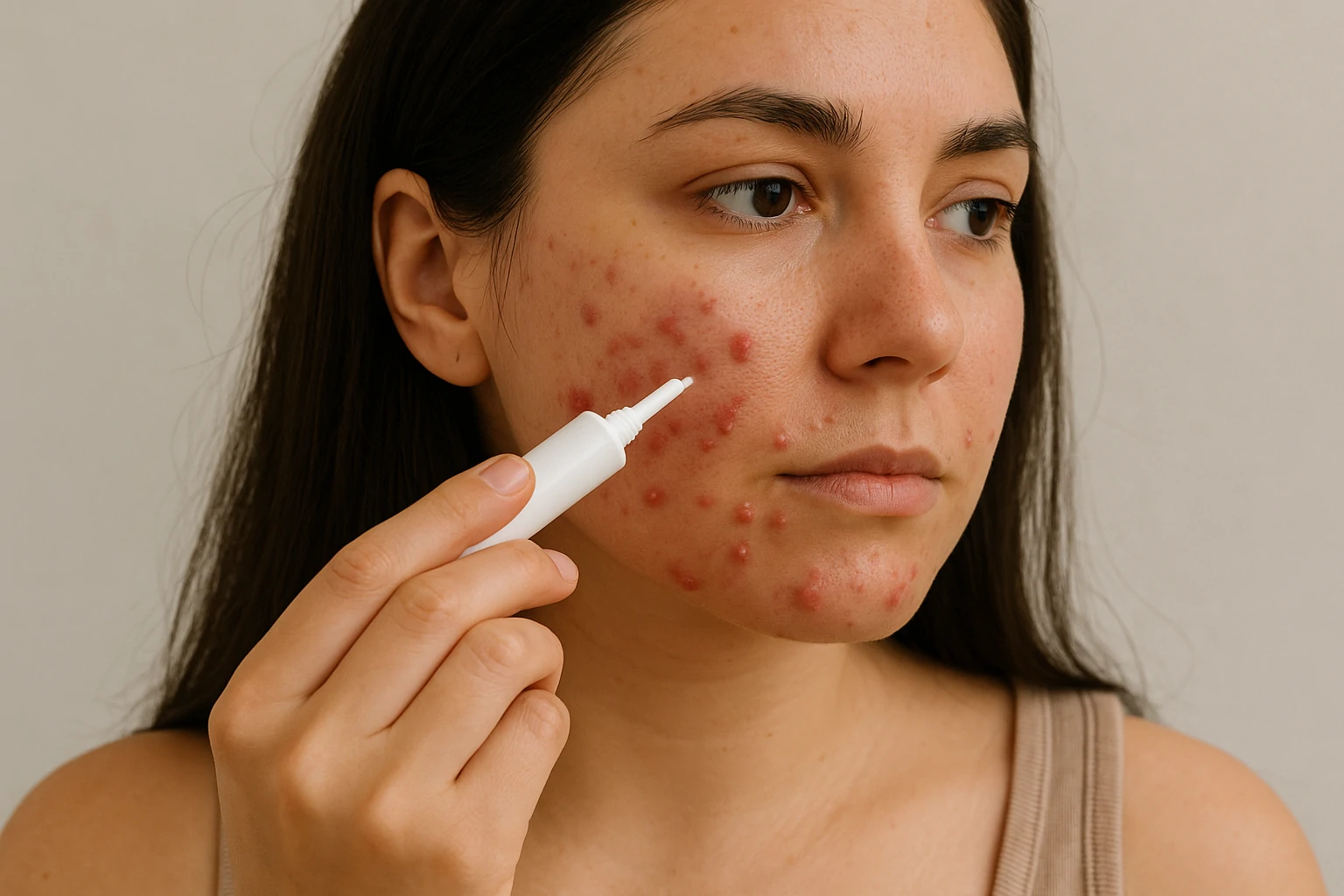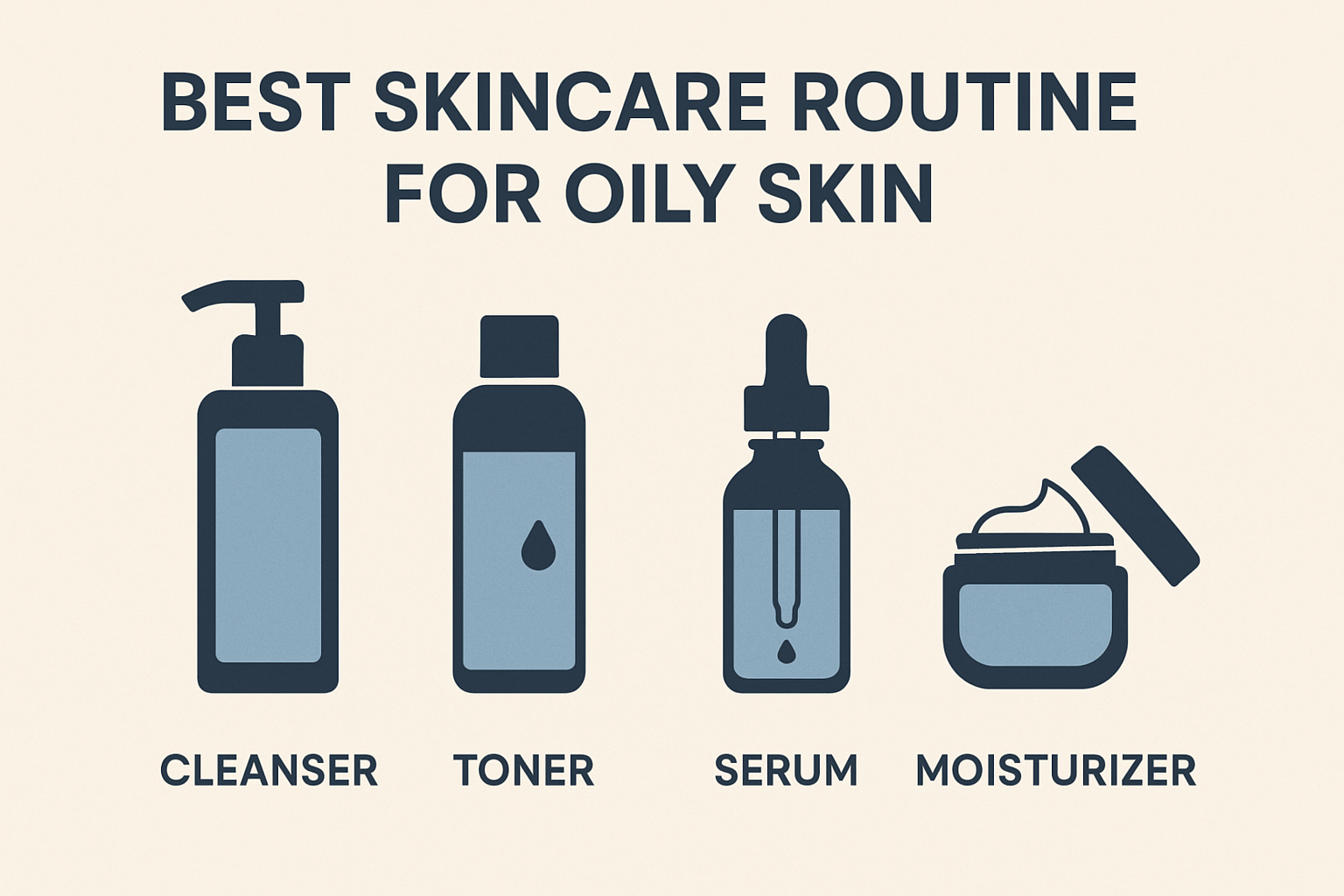11 Retinol Myths Debunked by Dermatologists

Retinol, known as the active form of vitamin A, has been proven effective in skincare, offering significant benefits such as reducing fine lines, wrinkles, and dark spots, while also improving skin brightness and smoothness. However, it can cause side effects like redness and dryness in some individuals, which makes some people hesitant to include it in their skincare routines. (Retinol Myths)
One common myth is that retinol causes the skin to peel or burn easily. In reality, these effects are usually the result of overuse or applying it to sensitive skin. Retinol works by speeding up skin cell turnover, but when used correctly, its benefits can be achieved without excessive irritation.
Another common question is whether retinol is suitable for dry skin. Most experts agree that while retinol can cause dryness at first, it can still be beneficial for dry skin if used carefully. This includes applying a moisturizer regularly and starting with a lower-strength retinol product.
To clarify the many myths about retinol, experts such as Adam Friedman, Ali Tobia, and Julia Siegel provide explanations based on current research, helping the public better understand how to use retinol safely and effectively.
Are All Retinoids the Same? Find Out Which One Works Best
To effectively incorporate retinol into a skincare routine, it’s important to understand the different types available. Some stronger forms of retinoids are only available by prescription, such as Tretinoin (commonly known as Retin-A), Isotretinoin (widely known as Accutane), and Tazarotene. Tretinoin is one of the most commonly used retinoids for treating signs of aging and acne, while Isotretinoin is typically used for severe acne. Tazarotene, one of the strongest retinoids, is mainly prescribed for psoriasis but can also be used to treat acne in some cases.
On the other hand, over-the-counter (OTC) retinoids are more widely available and easier to access. While milder, they are still effective for anti-aging purposes and are often formulated to be gentler on the skin. These products are ideal for beginners or those with sensitive skin, as the active ingredient helps boost cell turnover, reduce fine lines, and even out skin tone.
By choosing a retinol product that suits your skin type and specific needs, you can gain its benefits while minimizing irritation or unwanted side effects.
Retinol is Bad for Dry Skin
Retinol, the active form of vitamin A, is commonly used in skincare to treat signs of aging, acne, and other skin concerns. However, one of its most common side effects is dryness, which often makes people with dry skin hesitant to try it. Despite this, many individuals with dry skin can still tolerate retinol, although the initial adjustment period can be challenging.
According to Marnie Nussbaum, a board-certified dermatologist based in New York, retinol offers several important benefits for dry skin. It can stimulate collagen production, improve skin elasticity, and help repair connective tissue — all of which are essential for maintaining skin hydration and firmness. However, when first introduced, retinol may trigger a process called “retinization,” where the skin becomes dry and starts peeling. This happens because retinol speeds up cell turnover, pushing older skin cells to shed and be replaced by newer ones.1Del Rosso JQ, Levin J. The clinical relevance of maintaining the functional integrity of the stratum corneum in both healthy and disease-affected skin. J Clin Aesthet Dermatol. 2011;4(9):22-42.
During the retinization phase, which usually lasts a few weeks, irritation and inflammation can occur. For those with dry skin, this period can feel especially uncomfortable, as the symptoms may seem to worsen their skin condition. Still, Nussbaum explains that this phase is temporary, and the skin will adjust to the product over time. To manage these side effects, it’s strongly recommended to use a good moisturizer to help maintain hydration and prevent peeling during the adjustment period.
Retinol and the Risk of Sun Damage
The use of retinol in skincare often raises questions about sun sensitivity, as many skincare products can increase the skin’s vulnerability to ultraviolet (UV) exposure. However, according to dermatologist Adam Friedman, retinol itself does not make the skin more sensitive to sunlight. This means that using retinol won’t automatically make your skin more prone to sun damage.
That said, even though retinol doesn’t directly increase UV sensitivity, sun protection remains essential. UV rays — both UVA and UVB — can damage the skin, accelerate aging, and increase the risk of skin cancer. That’s why proper sun protection, such as daily use of sunscreen, is still necessary, especially on areas where retinol is applied.
A good sunscreen should have a minimum Sun Protection Factor (SPF) of 30 and offer broad-spectrum protection against both UVA and UVB rays. By applying sunscreen regularly, you can protect your skin from sun damage while continuing to enjoy the benefits of retinol, such as improved skin texture and reduced signs of aging. Sunscreen also helps prevent potential irritation or damage that could occur if your skin is exposed to direct sunlight after applying retinol.
Does Retinol Cause Skin Thinning?
One common myth about retinol is that it thins the skin. In fact, this is completely untrue and contradicts scientific evidence. According to dermatologist Julia Siegel, retinol actually has the opposite effect. As an active form of vitamin A, retinol works by stimulating the production of new skin cells, speeding up cell turnover in the epidermis.
Retinol affects the stratum corneum—the outermost layer of the epidermis—by making it more compact. This leads to a stronger and more resilient skin surface. Overall, retinol actually helps thicken the deeper layers of the epidermis, rather than thinning them.
This happens because retinol boosts the production of collagen and elastin, two essential proteins that give the skin structure and strength. As a result, the skin becomes firmer, smoother, and fine lines and wrinkles are reduced. The thickening of the epidermis also improves the skin’s defense against external factors like pollution and UV rays.
So, rather than thinning the skin, retinol strengthens it and increases its overall thickness and resilience.
Avoid Applying Retinol Near Your Eyes
The skin around the eyes is one of the most vulnerable areas when it comes to wrinkles and fine lines. For this reason, many people are interested in applying retinol under and around the eyes to reduce signs of aging. According to dermatologist Adam Friedman, you can definitely use retinol in this area. However, he advises caution, as the skin around the eyes is thinner than on other parts of the body.
This thinner skin absorbs products more easily, which means retinol can be more effective—but also more irritating. To reduce the risk of irritation, it’s important to take some precautions when applying retinol near the eyes. One helpful tip is to apply a moisturizer to slightly damp skin before using retinol. This helps maintain skin hydration and reduces the dryness that retinol can sometimes cause.
Sun protection is also especially important. The skin around the eyes is highly sensitive to UV rays, and while retinol itself doesn’t directly increase sun sensitivity, this area can still be more vulnerable when treated with active ingredients. Be sure to apply an effective sunscreen to protect the eye area from UV damage, helping your skincare routine remain both effective and safe.
It Delivers Fast Results
Retinol is often seen as a “miracle product” due to its proven ability to reduce wrinkles, fine lines, and other skin concerns. However, despite its many benefits, retinol does not deliver instant results. Dermatologist Adam Friedman explains that retinol works by changing the skin’s biology—specifically by speeding up cell turnover and stimulating collagen production. This process takes time before visible improvements appear.
Most scientific studies on the effectiveness of retinol use a 12-week period to evaluate noticeable skin changes. During this time, retinol helps improve skin texture, reduce signs of aging, and enhance skin elasticity. While some small improvements may appear within the first few weeks, the best results usually come after several months of consistent use.
It’s important to remember that retinol is an active ingredient that works on deeper layers of the skin, and such changes don’t happen overnight. To achieve the best outcomes, you need to be patient and use retinol regularly as part of your skincare routine. With time and proper use, retinol can deliver significant benefits for your skin.
Why Retinol Should Be High-Strength
For those with sensitive skin, it’s still possible to benefit from retinol without experiencing excessive irritation. According to Ali Tobia, one of the key advantages of using low-strength retinoids is that they offer gentler effects while helping the skin gradually adjust to retinol. These milder retinoids allow for a slow adaptation process, reducing the risk of irritation and inflammation that often occur when starting stronger formulas.
Tobia also recommends starting with a low-strength retinoid just a few nights a week. This gradual approach gives the skin time to adjust without putting too much stress on its natural exfoliation and renewal processes. Once your skin becomes accustomed to retinol, you can increase the frequency to daily use, allowing more consistent cell regeneration and enhanced anti-aging benefits.
With this step-by-step method, people with sensitive skin can enjoy the positive effects of retinol—such as smoother texture and fewer fine lines—while minimizing the risk of irritation. This makes retinol a safe and effective option for a wide range of skin types, as long as it’s used correctly
Apply Retinol on Dry Skin for Best Results
Many retinol usage guidelines recommend applying the product to dry skin. While this may seem like a simple step, it often raises questions—especially for those who prefer to do their skincare routine right after a shower. Is this step really necessary? According to dermatologist Adam Friedman, while it’s not strictly required, applying retinol to dry skin does offer certain benefits.
Using retinol on dry skin can help limit how deeply the active ingredient penetrates, which in turn reduces the risk of irritation. Irritation often occurs when retinol is absorbed too quickly or works too strongly on damp skin, leading to side effects like redness or peeling. When applied to dry skin, retinol tends to act more gently, which is particularly helpful for those with sensitive skin.
For individuals with more sensitive skin, following the recommendation to apply retinol on dry skin is strongly advised. This gives the skin a better chance to adjust to the active ingredient in a safer, more controlled way. By understanding the best way to apply retinol, you can maximise its benefits while minimising the chances of irritation.
Retinol Exfoliates the Skin
Exfoliation is often associated with facial scrubs or chemical peels that physically remove the outer layer of skin. However, dermatologist Adam Friedman explains that retinol works differently from alpha hydroxy acids (AHAs) like glycolic acid, which directly cause visible peeling. Retinol doesn’t exfoliate the skin in the same way; instead, its exfoliating effect is more gradual.
Retinol works by regulating and accelerating the skin cell renewal process. By increasing the rate of cell turnover, retinol helps shed dead skin cells from the surface—without causing the dramatic peeling often seen with AHAs. This makes retinol more suitable for long-term use, as it delivers smoother, more natural results over time.
In short, the exfoliation that occurs with retinol is steady and gentle. It supports the skin’s natural renewal by boosting the production of new skin cells, which helps the skin appear fresher and more radiant. This method also reduces the risk of irritation that can come with more aggressive exfoliating treatments. As a result, retinol provides an effective way to improve skin texture without stripping the surface layer too harshly.
Avoid Retinol Until Your Skin Shows Visible Damage
Using retinol in your skincare routine shouldn’t wait until the first signs of aging appear. Dermatologist Ali Tobia suggests that the best time to start using retinol is in your early 20s. This proactive approach is crucial for skincare and preventing premature aging. By starting early, you give your skin the chance to maintain elasticity and prevent damage that occurs as you age.
Tobia also emphasizes the importance of choosing a gentle retinol formula when first starting out. Low-strength products allow the skin to gradually adjust to retinol, minimizing irritation and potential side effects. Using a gentler product provides long-term benefits while helping the skin build tolerance to retinoids. Over time, you can switch to stronger products for more noticeable results, such as reducing fine lines and improving skin texture.
By starting retinol early, you not only address existing signs of aging but also protect your skin from future aging effects. This preventative approach makes retinol a highly valuable part of a long-term skincare routine.
It Makes Your Skin Peel
Although retinol can cause skin peeling, this effect is secondary and doesn’t happen to all users. According to Adam Friedman, when using retinol, the skin tends to lose moisture, which leads to dryness in the top layers of the skin. This reduces the skin’s natural ability to exfoliate, causing dead skin cells to become trapped on the surface, creating a dry and peeling appearance. Therefore, it’s crucial to keep the skin moisturized regularly by using the right moisturizer while using retinol.
Tobia also adds that while some people may experience peeling or even breakouts when first using retinoids, this isn’t always a necessary part of the process. This reaction is more common in individuals with acne-prone skin or those new to retinol. To avoid this, Tobia recommends starting with a very gentle retinoid and gradually increasing the strength of the formulation and its application frequency over the course of several months. This approach allows the skin to adjust better, reduces the risk of irritation, and ensures that long-term benefits of retinol, such as wrinkle reduction and improved skin texture, can be optimally achieved.
Can retinol and vitamin C not be mixed?
Retinol and vitamin C are both known for their powerful anti-aging effects, but they are often thought to be incompatible when used together. This myth stems from the belief that the acidity of vitamin C can reduce the effectiveness of retinol. However, dermatologist Ali Tobia clarifies that this is not true. He explains that many skincare products are now specifically formulated to combine the benefits of vitamin C with retinol (vitamin A) and other retinoids.
The misconception about their incompatibility comes from the idea that the acidity of vitamin C could damage or weaken the effects of vitamin A. Yet, recent research shows that these two active ingredients can actually complement each other very well. They work synergistically to improve skin health: vitamin C acts as an antioxidant, protecting the skin from free radical damage, while retinol accelerates skin cell turnover and boosts collagen production.
As a result, combining vitamin C and retinol is not only safe, but it can also enhance the stability of both ingredients, strengthening their anti-aging benefits and delivering better overall results. Including both in your skincare routine can lead to brighter, firmer, and more youthful-looking skin.
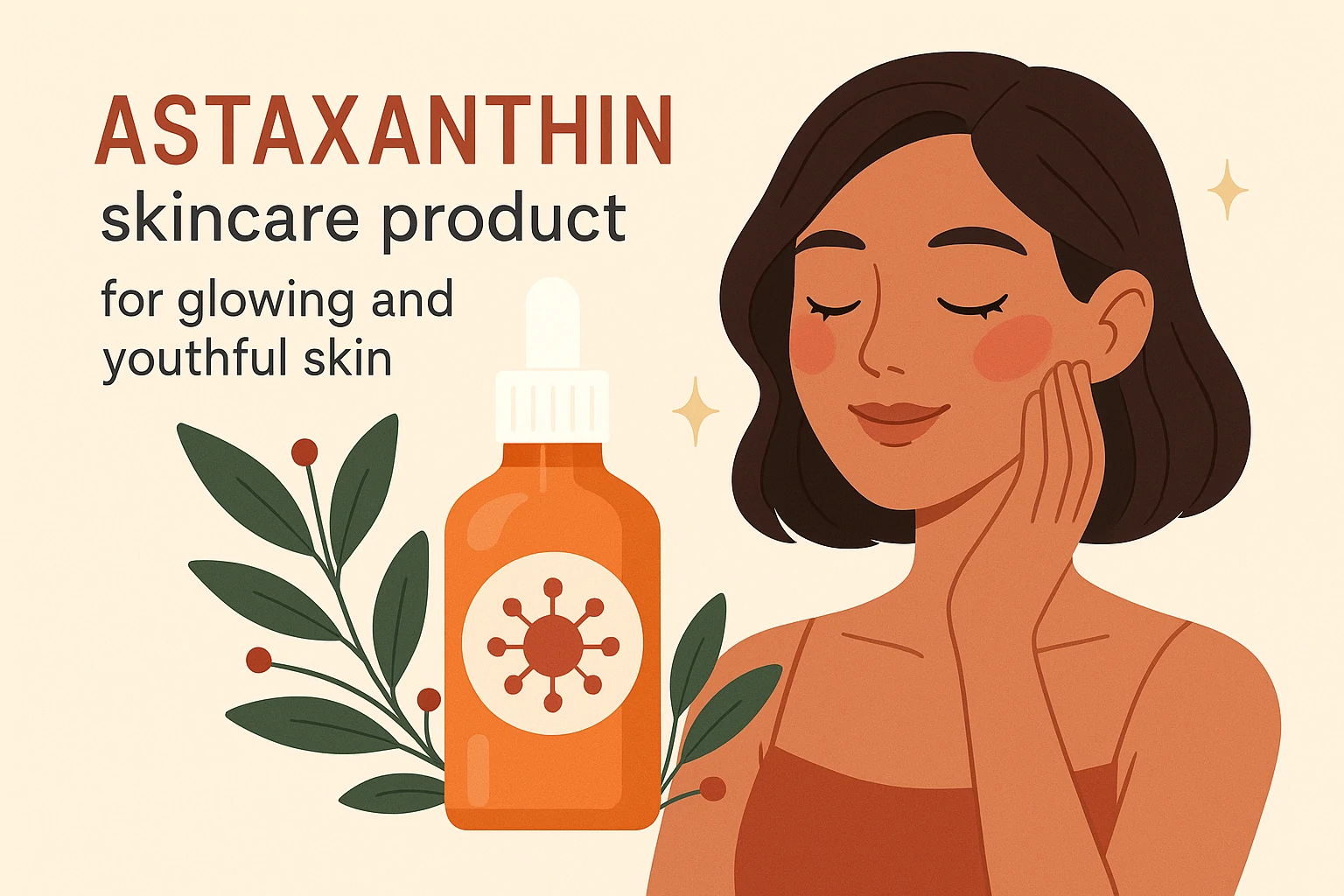

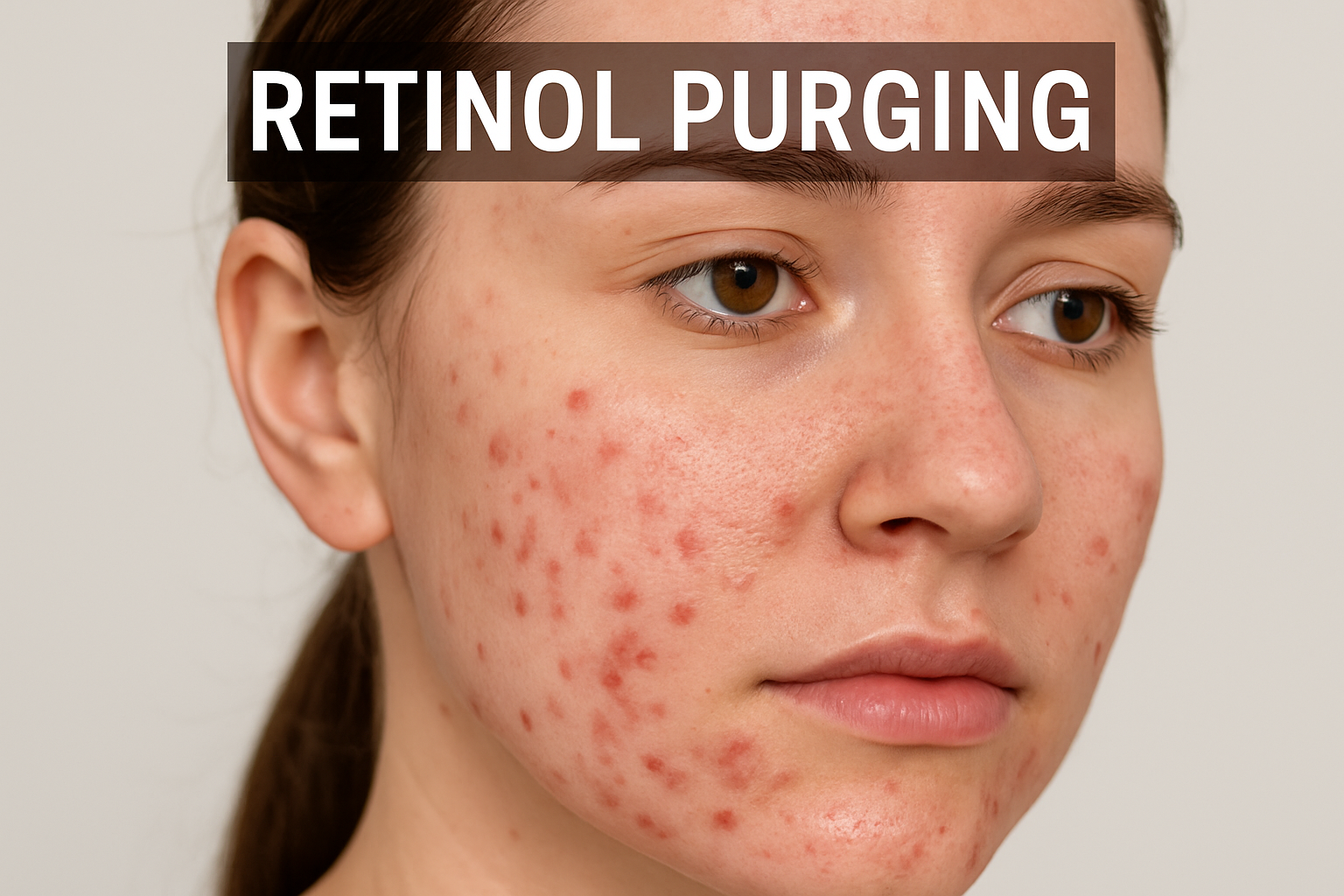
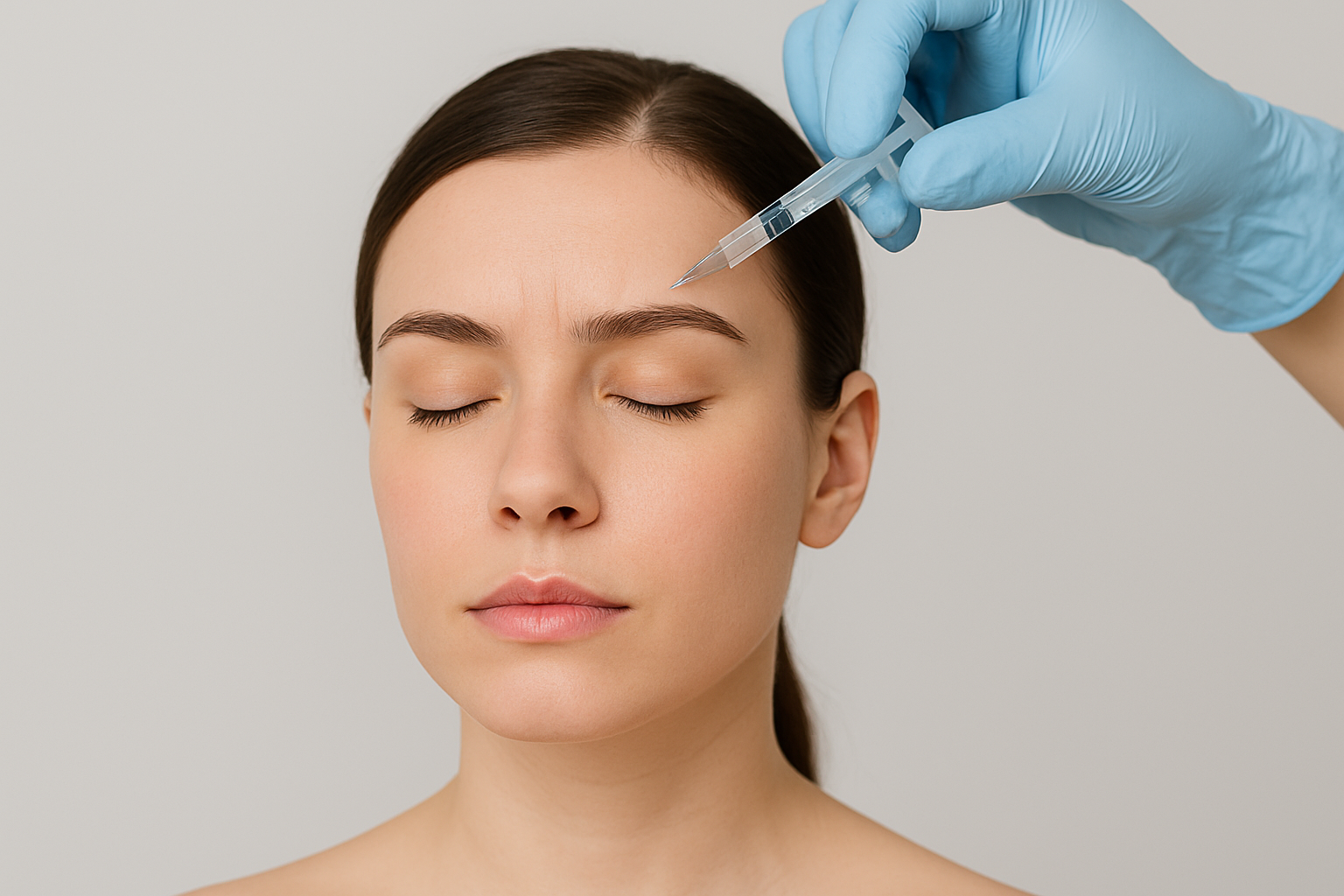
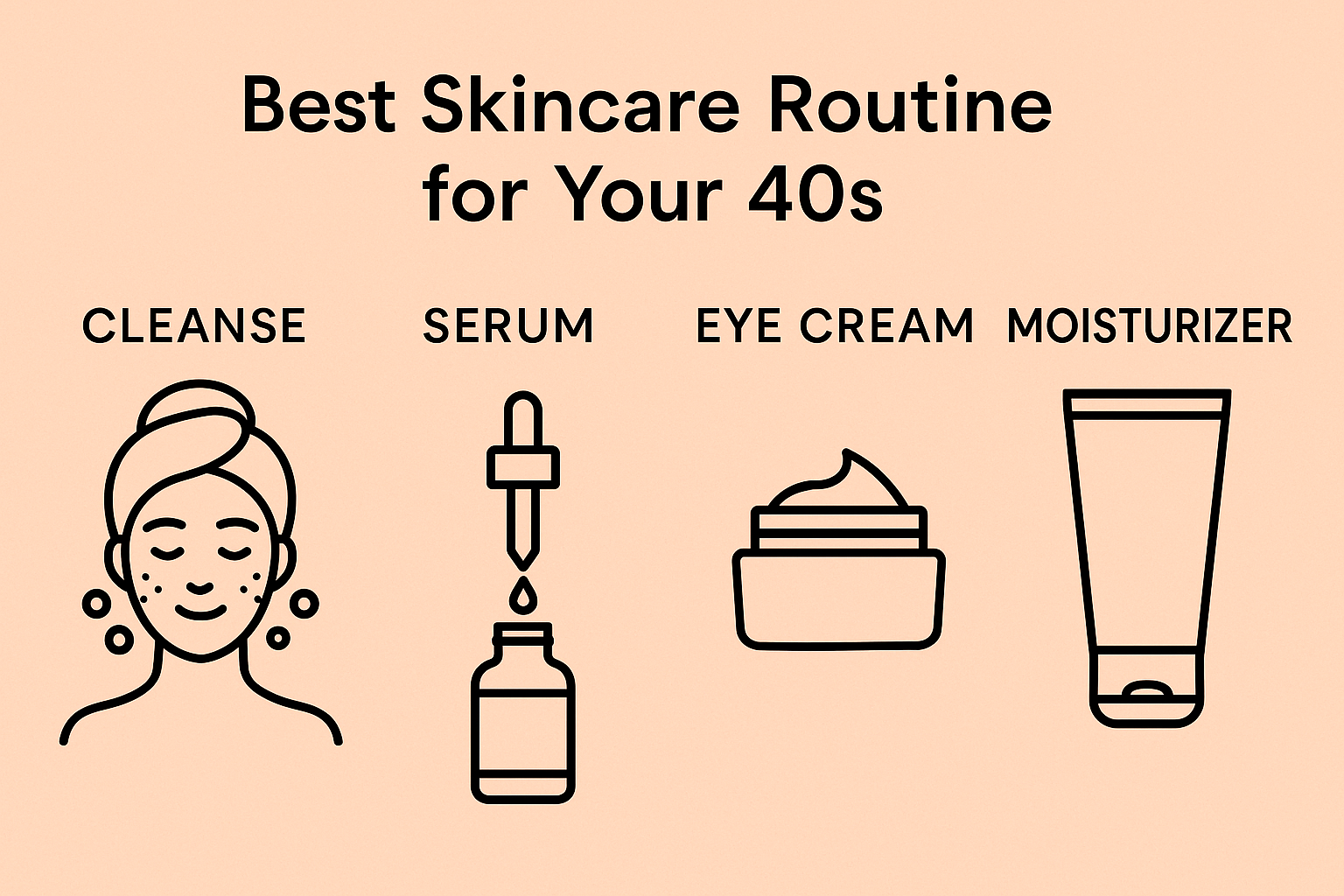
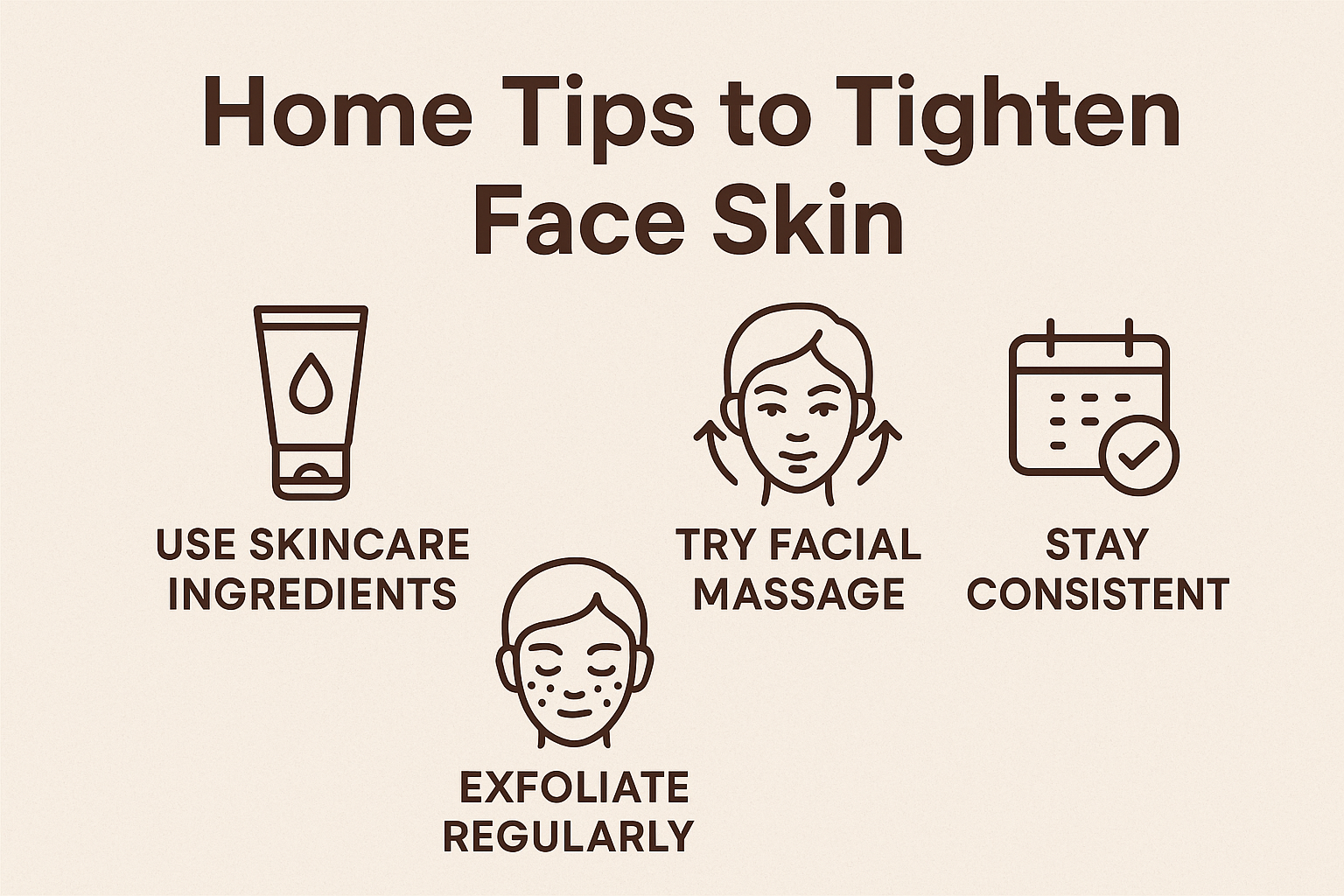
 Acne
Acne Anti-Aging
Anti-Aging Business
Business Digital Marketing
Digital Marketing Economics
Economics Movies
Movies Personal Finance
Personal Finance Websites
Websites
